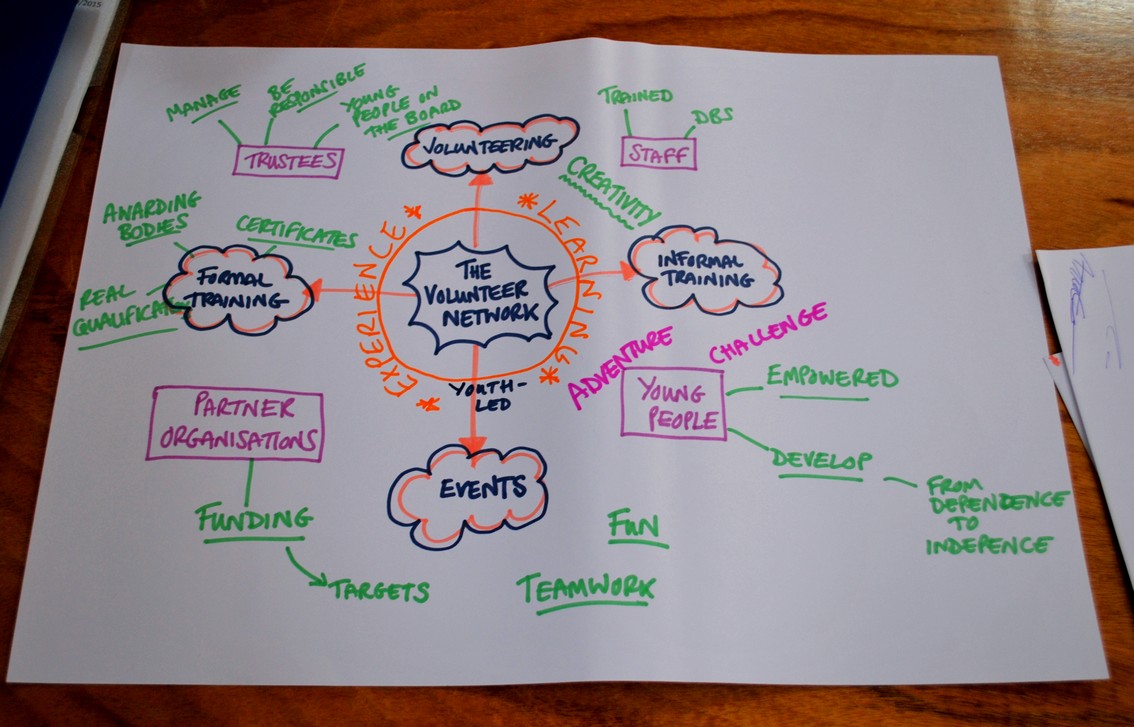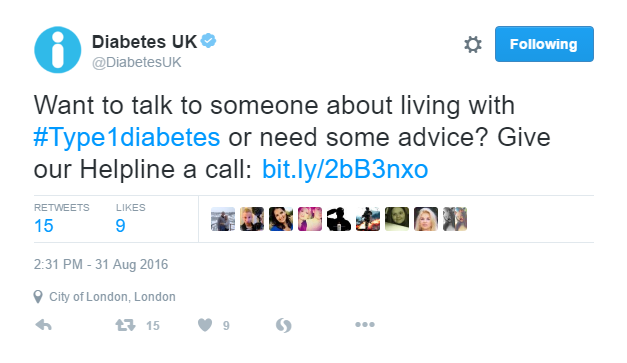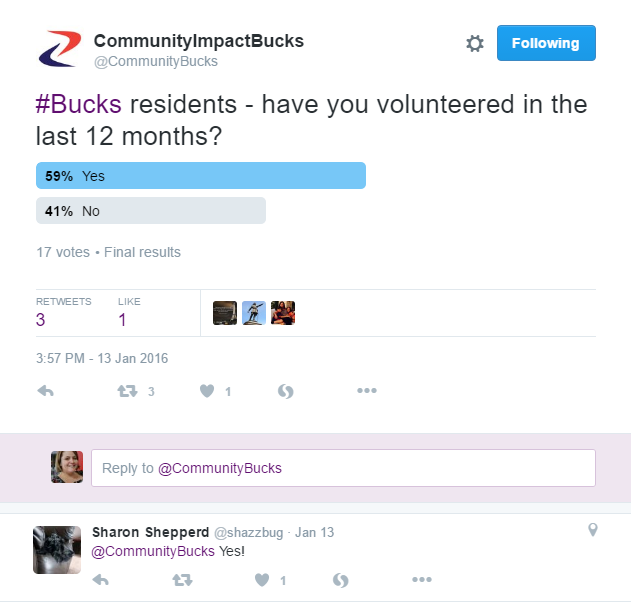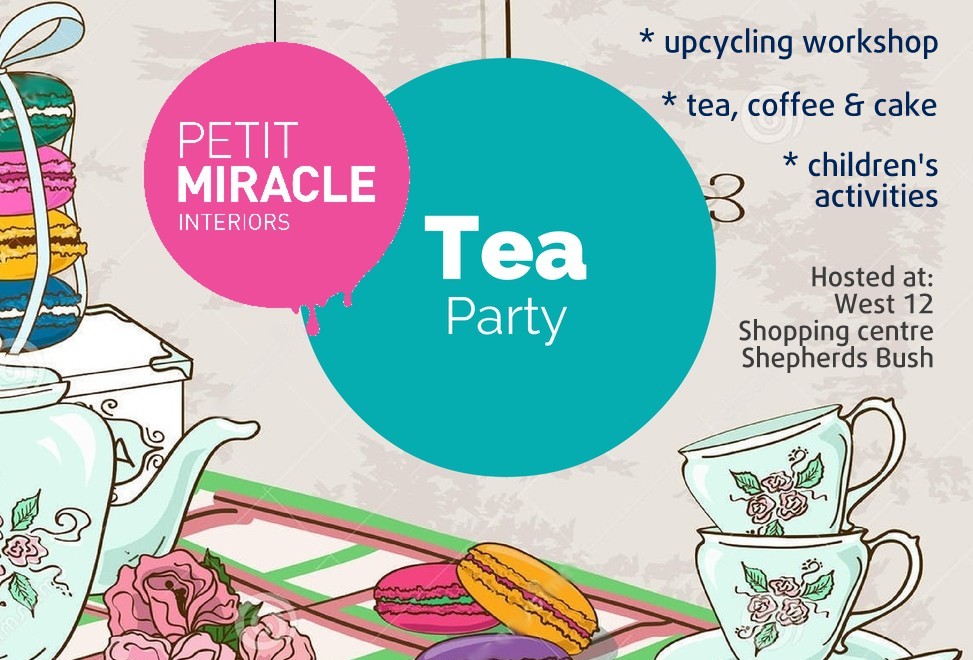Top 5 tips for comms on a budget
For brilliant comms even when belts need to be tightened
 Digital marketing and social media specialist Dawn Newton of Morello Marketing shares her advice on creating brilliant comms on a budget for when belts need to be tightened.
Digital marketing and social media specialist Dawn Newton of Morello Marketing shares her advice on creating brilliant comms on a budget for when belts need to be tightened.
1. Define topics and tone
The foundation to great communications is creating compelling content that appeals to your audience. The question is, how do you keep coming up with ideas on a weekly or monthly basis?
Topic maps are awesome. They allow you to organise information into distinct subjects. From here, you can further subdivide them into more topics and cover an even greater area. Choosing topics in this way should provide a constant stream of content. Although they may seem quite simple, a topic map can provide you with a way to link together ideas and sprout new ones!
To start off, write your organisation name in the middle in a big cloud, then start to think about related topics. Each of these related topics will lead to even more. See how many branches you can get.
Once you have the topics work on writing down the tone of voice your charity has. Do you pitch yourself as a friendly neighbour or a knowledgeable teacher?
Both of these activities are particularly helpful if multiple team members help to implement your communications, whether staff or volunteers, as it will help people know what is relevant to your cause, give them ideas of things to talk about and also ensure a consistency in how you communicate.
2. Study your audience
Studying your audience and defining exactly who they are is a great way to make sure you are providing content which is both engaging and appropriate.
One way to do this is to use analytics associated with your social media accounts. Facebook for example, provides a neat way to look at demographic data of the people who like your content. Tailoring your content to teenagers who like videos for example would be very different to that of an older group who might prefer long form text and images.
3. Experiment
I have found that one of the best ways to engage your audience is to use experimentation. It’s just a case of working out what works best, what gets the most engagement (which you can measure using analytics) and then doing more of it. If you always post the same kind of things, it’s more difficult to spot what works best.
By being creative and playful with your communications you can really set yourself apart from other organisations on social media. It can often be quite small changes that make a big difference.
Ideas to try:
- Using new calls to action e.g. sign up, donate, call, share, vote, answer a question
- Quotes and imagery are often very popular – could you collect quotes from volunteers or beneficiaries?
- Human interest stories ideally told in the first person can be very powerful as they tap into people’s emotions.
- Could you use illustrations instead of photographs for a change, or perhaps infographics?
4. Powerful messaging
I think that many charities can improve the ways in which they tell stories and make their content more engaging. You can accomplish this by telling real human interest stories. I have recently written another blog piece about this which you can find here.
Storytelling is such a wonderful way to engage your audience that it’s difficult to really put into words the impact it can have. Stories are woven into the fabric of our culture and history. A well written piece about something that happened at your charity can inspire others and make a massive impact.
To make this impact, ensure you are posting content at the right times. One of the ways you can do this is to use scheduling software such as Hootsuite to schedule your posts across multiple platforms (which also saves you time). If your charity is smaller you could simply post on Tuesdays and use the hashtag #charitytuesday. The best times to post content are first thing in the morning, lunchtimes and after work hours, but this may vary a little according to your audience.
5. Review and refine
Develop a simple process that allows you to experiment with an idea and then analyse and review if it resonated with your audience. Ask yourself which types of content perform the best and why. I find that it is best to take a structured approach to this by setting aside an hour in the week to post new content and review and analyse previous content. This will allow you to make steady incremental improvements with your communications.






